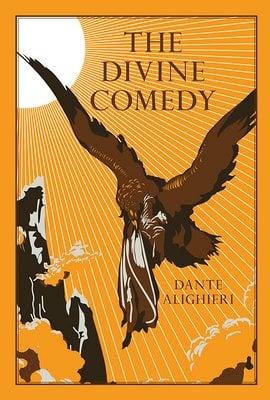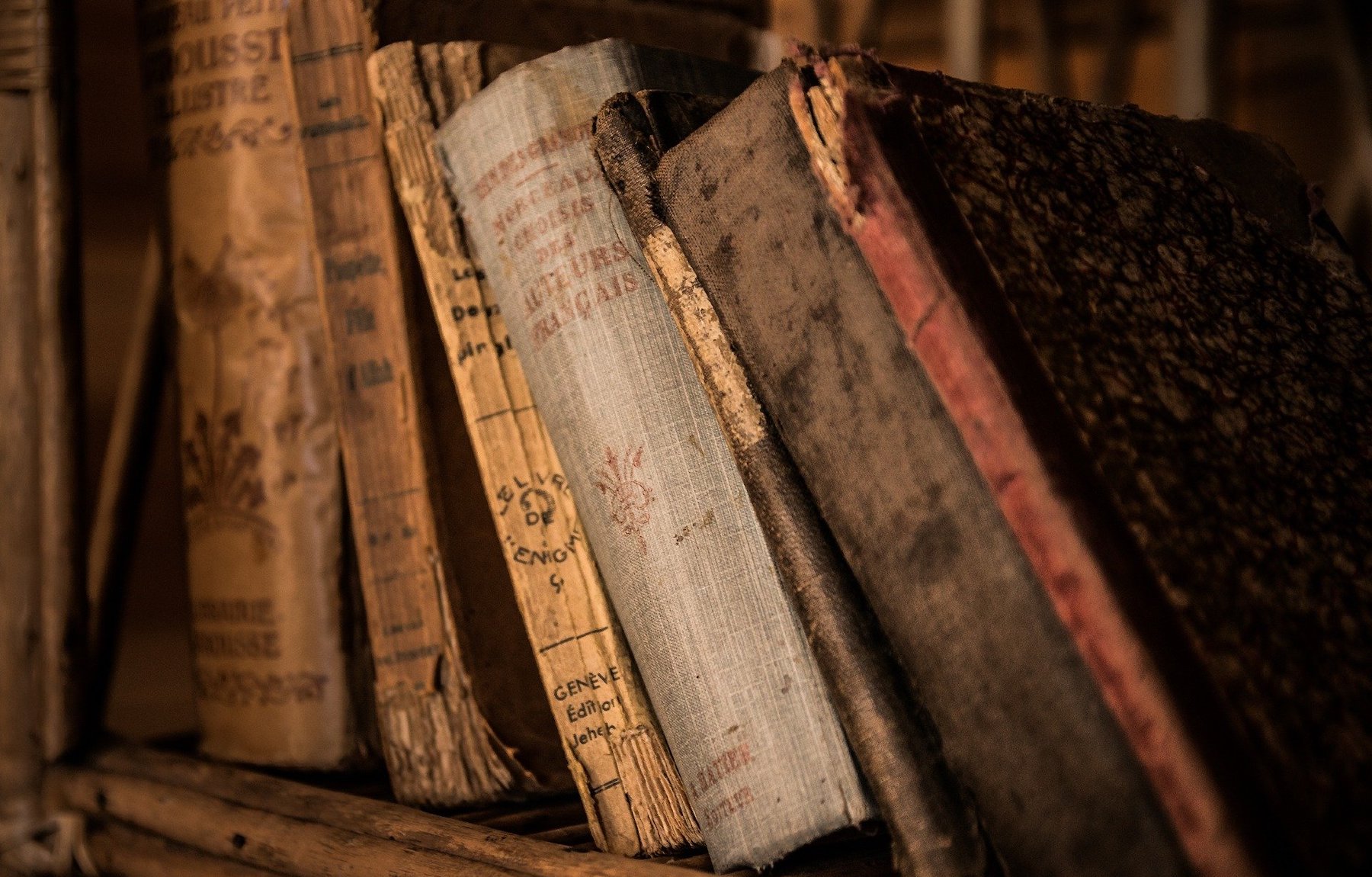When was the last time that you read some horror poetry? Unless you’re a wide-eyed college student or someone a little too excited about Halloween, it’s probably been a while. Poetry in general isn’t exactly vogue these days, and that’s coming from an (amateur) poet. A niche subgenre like horror certainly has an even smaller audience.
But that wasn’t always the case. Centuries before boomers were complaining about social media and iPads, gothic literature – and, more specifically, horror poetry – flourished. So what happened?
Did Scream desensitize us to the point that words are just no longer scary? Did Poe do it so well that all other prospective wordsmiths hung up their hats?
To answer this question, let’s dive into the history of horror poetry. We’ll parse through a couple examples before taking a look at where the genre stands today. Maybe you’ll just find yourself a new favorite author!
Horror Poetry: As Day Turns to Night
Let me get the obvious out of the way: horror poetry was indeed far more popular back before film was invented. It should come as no surprise that our storytelling has evolved alongside our storytelling methods (McLuhan, anyone?).
Horror in general can be thought of as having literary roots. But the “it was the best they had” argument doesn’t fully capture the dark magic of horror poetry.
We can think of the genesis of horror poetry in a few different ways. One compelling theory deals with religion. The church’s distinct obsession with witchcraft is often cited as creating a macabre revolution in the arts. The dark side of Catholicism began to be focused on, resulting in landmark works like The Divine Comedy. In fact, Dante’s masterpiece – particularly The Inferno – can be thought of as the first ever work of horror poetry.

Yet another theory points to the Black Death as the origin of all horror literature. Most scare-addicts are familiar with the fact that the Plague resulted in the birth of the Danse Macabre movement, and this certainly extended to literature. People were faced with death in all corners of life; the art that followed was only logical.
Whichever idea feels right to you, it’s inarguable that literature took a dark turn around the 13th century or so. However, horror poetry didn’t really start to take form as we might think of it now until a few centuries later.
In the early 1700s, a group of writers nicknamed the Graveyard Poets started penning works that formed the backbone of gothic literature’s aesthetic.
Among the Graveyard Poets were writers like Thomas Parnell and Robert Blair. Their poems should be familiar to readers of Radcliffe and other early gothic authors. Focusing on night and despair, the lines are closer to depressive black metal lyrics than the thrills of the modern day horror film.
As an example, take a look at some of the opening lines from Blair’s aptly-titled poem “The Grave”:
In journeying through life;—the task be mine,
To paint the gloomy horrors of the tomb;
The appointed place of rendezvous, where all
These travellers meet.—Thy succours I implore,
Eternal king! whose potent arm sustains
The keys of Hell and Death.—The Grave, dread thing!
Uh, yeah. Not exactly scary by today’s standards, but it certainly reeks of that classic gothic stench of mildew and moonlight.
Hitting the Mainstream
In case you didn’t guess, the Graveyard Poets never really hit it big. Critics were harsh towards them, with many suggesting that their works were lowbrow and an affront to religion. Imagine poetry raising such a ruckus these days!
However, one thing led to another, and it wasn’t long before writing similar to that penned by the Graveyard Poets was the next big thing. So it goes. The gothic novel started to become a major sensation later on in the century, and it was cemented in the literary canon in the 1800s with works like Frankenstein and Dracula.
While longer works of horror fiction were being read voraciously, horror poetry started to increase in popularity as well. Coleridge’s poems like “Rime of the Ancient Mariner” took the terrifying stories of gothic novels and condensed it, presenting a chilling tale with the type of pinpoint accuracy only poetry can provide.
And then, of course, there’s Poe. Even horror novices know of “The Raven”, but he wrote tons of other poems. “A Dream Within a Dream” hardly even reads like horror on the first skim, but a closer look reveals its terrors. In just two stanzas, it touches upon loss and the unstoppable passage of time. There are few things scarier than those two concepts, really.
I would also be remiss in not pointing out some of Poe’s very subtle ways of establishing mood. It’s not just a beach, it’s a shore being “tormented” by the surf. The grains of sand don’t just fall out of his hands, they “creep” between his fingers.
Horror Poetry in the Modern Day
After the boom of gothic literature began to die down, the style began to extend its tendrils of influence to other sectors of media. Books with gothic tendencies continue to be written today, and film quickly picked up the baton and took gothic ideas to new heights.
Anne Rice, Flannery O’Connor, and (to a lesser extent) Stephen King and Stephanie Meyer can be said to be authors writing in the gothic tradition established by the early horror poets. But actual horror poetry has largely fallen off the map, at least in terms of the public perception.
— FOUNDATIONS OF HORROR —
Further explore these subgenres & tropes. more>>
#Gothic horror

That doesn’t mean that it’s not being written, though. Tom Piccirilli, a writer across multiple mediums, was known for his horror poems. Claire C. Holland takes a modern approach to the genre and has even published a collection called I Am Not Your Final Girl that melds a classical horror poetry approach with inspiration from slasher films.
But no matter how many great poets I list out, I can’t truthfully say that business is booming for poets on the darker side. And, to be honest, I’m not entirely sure that’s a bad thing. Horror cinema is about as mainstream as it gets these days, so it can feel thrilling to have a little corner of the entire genre to yourself.
The scares that horror poetry has to offer are often quieter, but they stick with you for a long time. Whether you’re into Poe’s most well-known works or self-published online poetry that has only ever been read twice before, there’s enough fear to go around.
Additional Reading
The Graveyard School of Poetry: A Study of Four Eminent Poets
On the Supernatural in Poetry by Anne Radcliffe
A List of Horror Poems
Antigonish [I Met a Man Who Wasn’t There] by Hughes Mearns
The Rime of the Ancient Mariner by Samuel Taylor Coleridge
I Felt a Funeral, In My Brain by Emily Dickinson
The King of Owls by Louise Erdrich
Haunted Houses by Henry Wadsworth Longfello
The Highwayman by Alfred Noyes
Last Updated on November 12, 2021.

